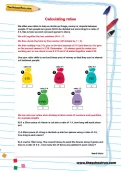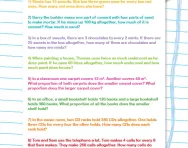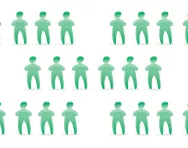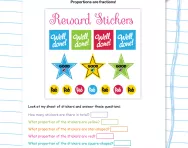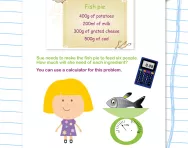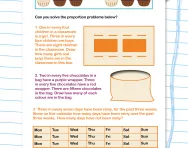Important update from TheSchoolRun
For the past 13 years, TheSchoolRun has been run by a small team of mums working from home, dedicated to providing quality educational resources to primary school parents. Unfortunately, rising supplier costs and falling revenue have made it impossible for us to continue operating, and we’ve had to make the difficult decision to close. The good news: We’ve arranged for another educational provider to take over many of our resources. These will be hosted on a new portal, where the content will be updated and expanded to support your child’s learning.
What this means for subscribers:
- Your subscription is still active, and for now, you can keep using the website as normal — just log in with your usual details to access all our articles and resources*.
- In a few months, all resources will move to the new portal. You’ll continue to have access there until your subscription ends. We’ll send you full details nearer the time.
- As a thank you for your support, we’ll also be sending you 16 primary school eBooks (worth £108.84) to download and keep.
A few changes to be aware of:
- The Learning Journey weekly email has ended, but your child’s plan will still be updated on your dashboard each Monday. Just log in to see the recommended worksheets.
- The 11+ weekly emails have now ended. We sent you all the remaining emails in the series at the end of March — please check your inbox (and spam folder) if you haven’t seen them. You can also follow the full programme here: 11+ Learning Journey.
If you have any questions, please contact us at [email protected]. Thank you for being part of our journey it’s been a privilege to support your family’s learning.
*If you need to reset your password, it will still work as usual. Please check your spam folder if the reset email doesn’t appear in your inbox.
Calculating ratios
What is ratio?
A ratio is a way of comparing two or more quantities or values. It is often expressed as a fraction or with a colon (:). Ratios are used to describe the relationship between different things and can be found in various aspects of our daily lives.
Imagine you have a basket of fruits with 3 apples and 2 oranges. The ratio of apples to oranges in the basket is 3:2. This means for every 3 apples, there are 2 oranges.
How do I use this KS2 ratio worksheet?
This colourful and fun KS2 ratio worksheet provides your child with a clear example of how ratios work and then asks them to use their skills to share out the bags of money according to the given ratio. Once they've completed this task, there are some real-world questions about length and distance that will help your child to become familiar with exam-style questions. The answers are provided on the next page.
If you think your child needs more practise to consolidate their understanding of ratio, why not try our other downloadable worksheets, such as Understanding ratios and Reducing ratios to their lowest terms.
